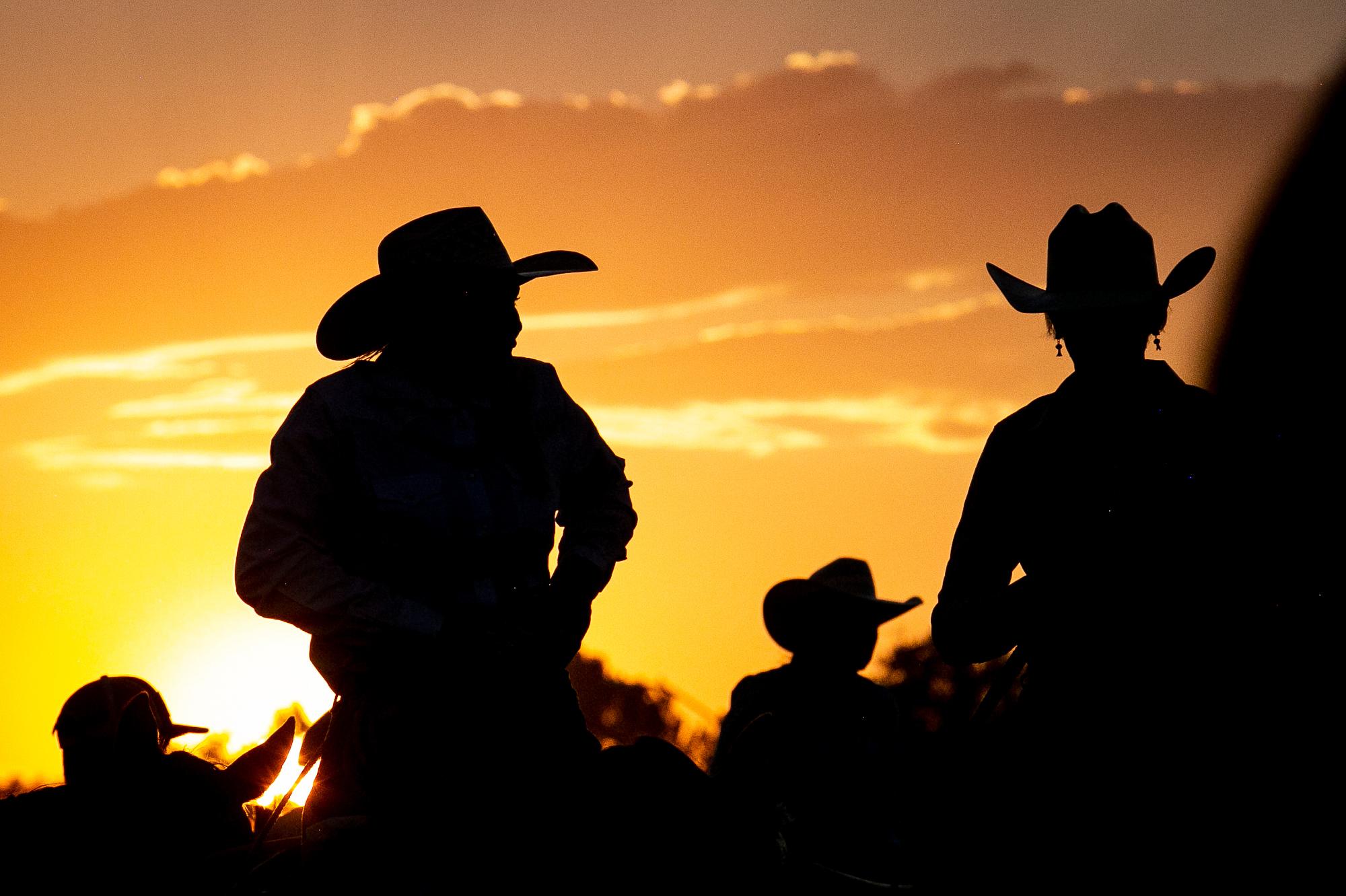
In the eyes of Phil Nash, a longtime gay rights activist, Denver has come a long way in the last 36 years. Back in the late 1970s, he wrote a presentation for the Carter Administration in which he argued that the government should legally recognize same-sex unions.
Now, it has. And Nash can hardly believe it, as he remembers what it was like to be gay in Denver nearly four decades ago when he worked at the Gay Community Center in the city.
“There was a time when some young men in a car were driving back and forth in front of the center with a pellet gun and shooting out the windows. There were people inside the building at the time this was going on. By the time the police got there -- which was 45 minutes later -- and this on East Colfax Avenue -- there was a crowd in the streets who just pointed to the car and said ‘it’s them!’ The police did arrest them and the judge was just going to let them go … for just kids fooling around and having a good time downtown. We were able to get the judge to force them to pay restitution. Today that would be considered a hate crime and those people would have gone to jail," Nash remembered.
Denver's "curious and fascinating" LGBT history was recently chronicled by Out Front, a Denver-based online magazine that "focuses on gay pride, LGBT news and gay editorials." Check out Out Front's full timeline on their website, and scroll down for a few highlights.
1939: Denver's first gay bar opens
In 1939, The Pit opened -- it was the city's first gay bar. Bars were safe havens, but could also be dangerous, said Glenda Russell, a psychologist and historian in Boulder.
“They were kind of seedy places, [and] not particularly fun," she said. "People sort of behaved themselves when the police were there ... it was a fairly oppressive circumstance. There were not other ways for most LGBT people to get together with the exception of occasionally some informal social groups.”
1975: Marriage licenses issued to gay couples

In 1975, Colorado's statute was blind to the sex of marriage license applicants. Boulder Clerk and Recorder Clela Rorex took advantage of that to issue licenses to six same-sex couples, including one from Colorado Springs that unsuccessfully tried to get a license in El Paso County.
"The county clerk said to them, well we don’t do that kind of thing here. Go to Boulder, they do that kind of thing there," Rorex said.
Before long, the state's attorney general stepped in and stopped Rorex.
1976: Denver's first Pride parade
Activist and entertainer Christopher Sloan -- better known by the stage name “Christi Layne” -- remembers that first parade well. He filed the permit for it.
Layne says it felt good to leave the gay bar scene behind, and be visible.
“All the differences in our community at that time were set aside to gather together to be noticed and to make a statement," Layne said. "I guess we were very proud that everyone came out of their little circles and little comfort zones to make a statement. And it was our first statement."
1992: Amendment 2
In 1992, voters passed Amendment 2 -- a ballot measure that barred any Colorado community from passing laws to protect homosexuals. Phil Nash said watching the election returns come in was "one of the most awful feelings."
“Essentially, our neighbors, friends, family members, did not understand that by voting for Amendment 2, they had officially -- and in the constitution -- created second class citizens out of people like me,” Nash said.
In 1996, the U.S. Supreme Court ruled Amendment 2 unconstitutional in the case of Romer vs. Evans.







